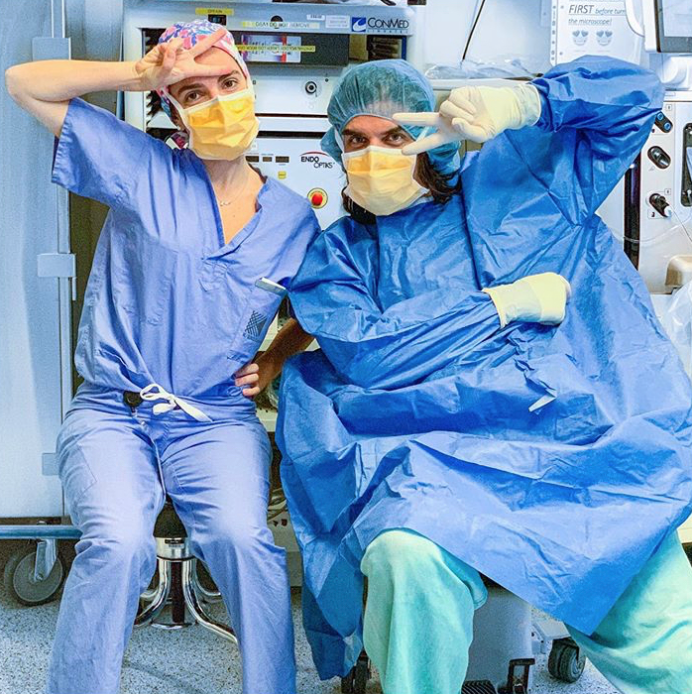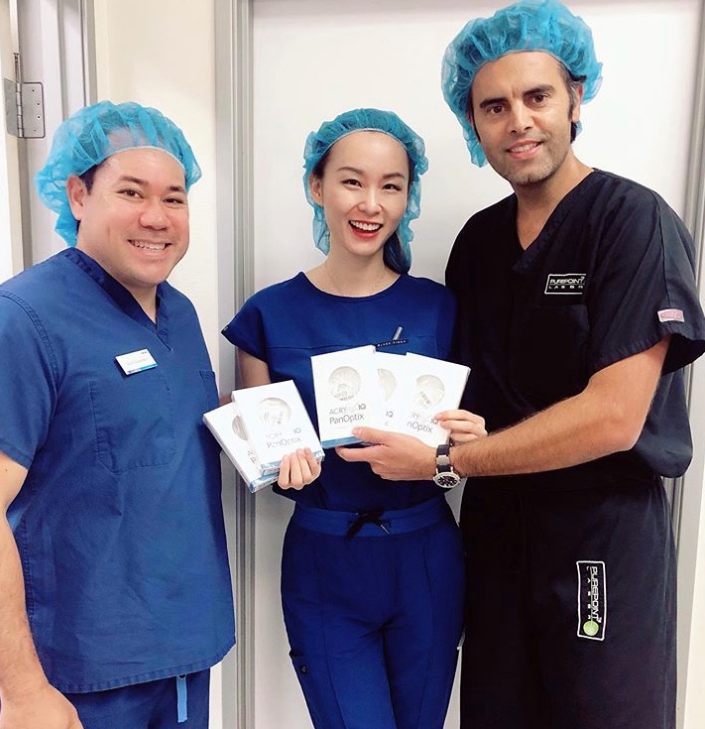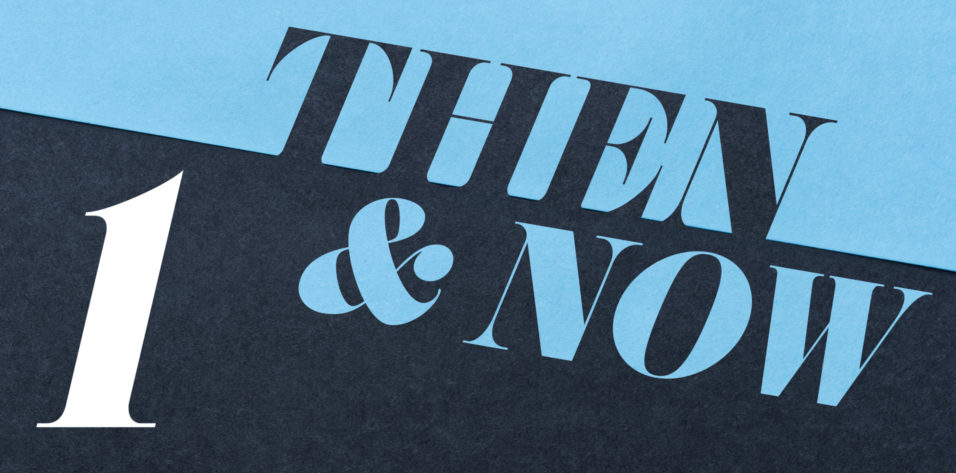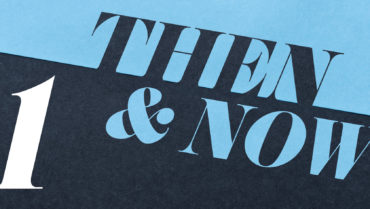Emily M. Schehlein, MD
My top ophtho moment of 2019 was my research trip across the world! This year, I was able to spend almost 4 weeks at the Aravind Eye Institute in Southern India. I have worked remotely with Aravind since I was a first-year medical student on projects involving environmental sustainability and cataract surgery, so I was thrilled to further our international research collaborations in person.
The Aravind Eye Care System is the largest eye care provider in the world and routinely serves a population of approximately 100 million people. They have a hub-and-spoke model of care, which allows for expansion of eye care services from their base hospitals through screening camps, typically conducted in rural villages. Our research project involved creating a novel eye camp model with an electronic health record and fundus photography to investigate referral rates for posterior segment disease and the cost-effectiveness of such an intervention.
During my time abroad, I observed Aravind’s world-class surgeons in the operating theatre, traveled to many rural villages and eye camps in Southern India, saw rare pathology and innovative treatments, ate and learned how to make traditional South Indian cuisine, and picked up a few words of Tamil. One of my favorite experiences was getting to know the residents at Aravind and seeing how an ophthalmology residency training program is organized in another country. I can’t wait to go back—I miss those dosas!
Patrick Commiskey, MD
Consults—the daunting first-year rotation in which you’re up all night, seeing everything under the sun, ruling out the papilledemas and fungemias, culturing ulcers, temporizing and triaging acute issues, and following up on complex neuro-ophthalmology patients. It can be a lot. My top moment of 2019 happened when an elderly pseudophakic man came into the emergency department with vision loss, very high IOP, and peripheral iris bowing. After making a diagnosis of capsular block, I promptly treated him. During the procedure, I watched his lens-iris diaphragm move into place. That was the moment—a second of present awareness and peace: “Thank you, iris, for returning into place.” A moment of beauty and my patient felt so much better. We’ll see him again soon in clinic.

And, of course, the biggest news: My wife and I welcomed Patrick William Commiskey Jr into the world on January 15, 2020. He is our joy. We Crigler massage OS TID with love.

Valentina Lozano, MD
My top moment of 2019 was moving from Florida to Canada and starting fellowship with Iqbal Ike K. Ahmed, MD, FRCSC, at the University of Toronto. As most residencies go, before coming to Canada my exposure to surgical glaucoma care was primarily trabeculectomy and tube shunt implantation. With Dr. Ahmed, however, I’ve learned to perform a wide range of new procedures and have been exposed to the most cutting-edge technologies and devices available. The ability to truly do everything possible to help patients with glaucoma has been nothing short of amazing. Learning from the best has been an added bonus!
C. Andrés Benatti, MD
This year was an intense one for our profession, with new technology launches and educational experiences continuing to change the ophthalmology game. If I had to choose my most important moments of this year, I would say first was the Oftalmo University (OU) meeting. We held our inaugural OU meeting in Cancun, and it was truly a unique experience to bring together dozens of colleagues from all over the world. Second, the 2019 ASCRS annual meeting—held in my favorite city, San Diego!—offered us updates on the latest trends and technologies. This event provided a mandatory update for the first half of the year.
Concerning our patients, I would highlight the results we are having with asymmetric intracorneal segments for keratoconus. In 2019, we started a new protocol, and the results continue to surprise us: happy patients who recover an unbeatable visual capacity. Additionally, as a sports fan, I had the honor of operating on the World Champion and current Captain of the Argentinian team (my home country) of basque palette/frontball. Javier, a high-level international sportsman, decided to leave his contact lenses and undergo a topography-guided refractive surgery for astigmatism correction.
Unquestionably, 2019 was a great year, and I hope we all have an even better 2020!
Dagny Zhu, MD
This past year was a revolutionary one for ophthalmic innovation. As one of the youngest practice owners and one of few female refractive surgeons in the country, I personally found 2019 to be a year filled with tremendous fear and uncertainty but, ultimately, professional growth and personal triumph.

Perhaps my proudest achievement of 2019 was when I became one of the first surgeons in the country, and possibly the first in Los Angeles County, to implant the newly FDA-approved PanOptix trifocal IOL (Alcon) last fall. Having the opportunity to offer my patients the latest technology and, at the same time, be the first of anything this early in my career has been nothing short of a blessing. Through the almost 200 trifocal lenses I have implanted so far, it has been an honor to help my patients achieve the closest thing we have to natural, functioning vision. I am very excited to present my outcomes at the ASCRS meeting this spring.
Last year, I shared many stories like these on my Instagram account (@dzeyemd), which has grown to become one of the largest ophthalmology accounts on the platform. Overall, 2019 was an incredible year for doctors on social media, and these tools have changed the way we interact with our patients for the better. My goal in 2020 is to continue using social media to educate patients on the latest technologies and to empower my fellow young ophthalmologists to thrive in modern-day ophthalmic practice.







